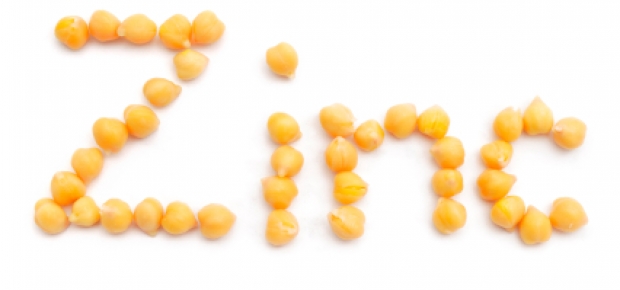Take a look at this. It’s a schedule that the Lazarovics made for themselves and their two children, ages six and nine, during the pandemic restrictions that closed schools.

Source: Sample Schedules For Kids Home From School During Coronavirus Outbreak, HuffPost, 17 March 2020
First, it’s great. Top notch parents.
Second, being the food person in my household, I’m looking at their food time.
From what I can tell:
Breakfast is about a half hour.
Lunch is about an hour: prep is a half hour, eating is 15 minutes, cleaning is 15 minutes.
Dinner same as lunch.
Is that right? Is that how much time a family of 4 typically spends on feeding themselves these days? About 2.5 hours a day? For three meals plus snacks cooked at home from scratch? That includes all prep, cooking, eating, and cleaning dishes, pots and pans, and any labor-saving devices like blenders and food processors.
I don’t know. Maybe it is. I couldn’t do it. Just roasting potatoes or cooking brown rice takes longer than a half hour. A stock pot of water for pasta takes about 20-25 minutes to come to a boil. Beans from scratch? Welp.
I think the Lazarovics may be underestimating the amount of time food takes.




